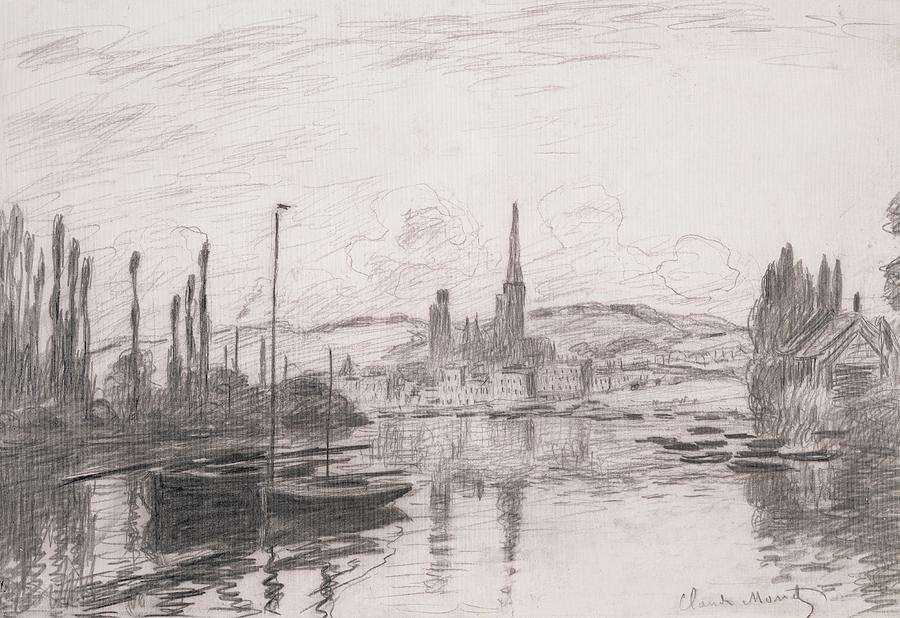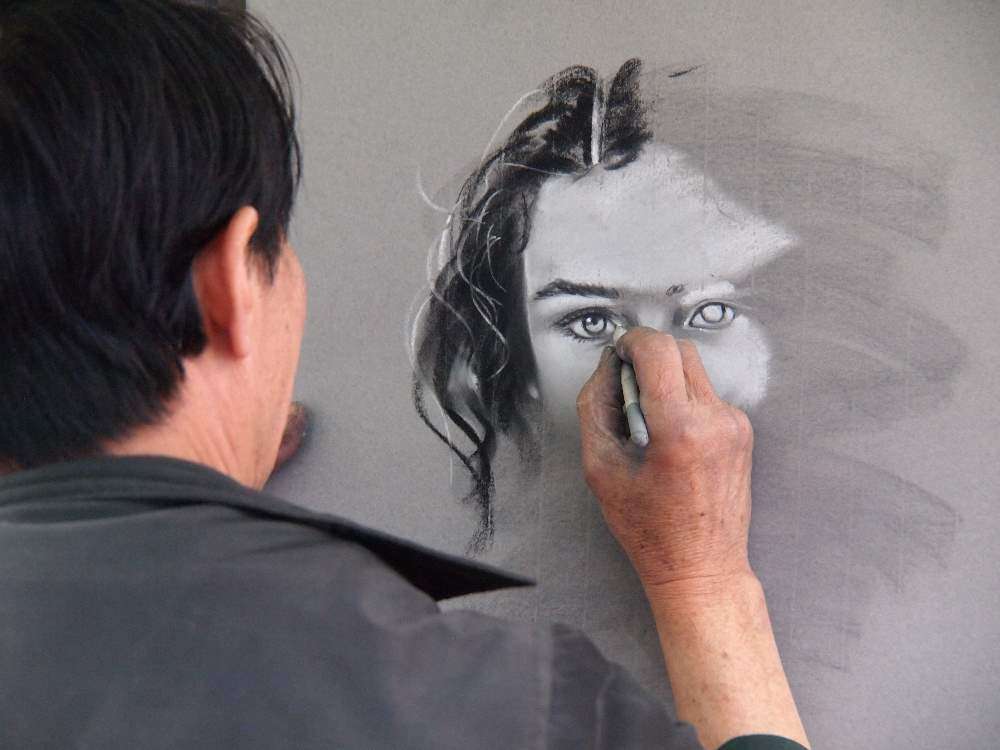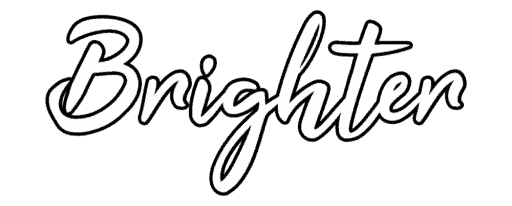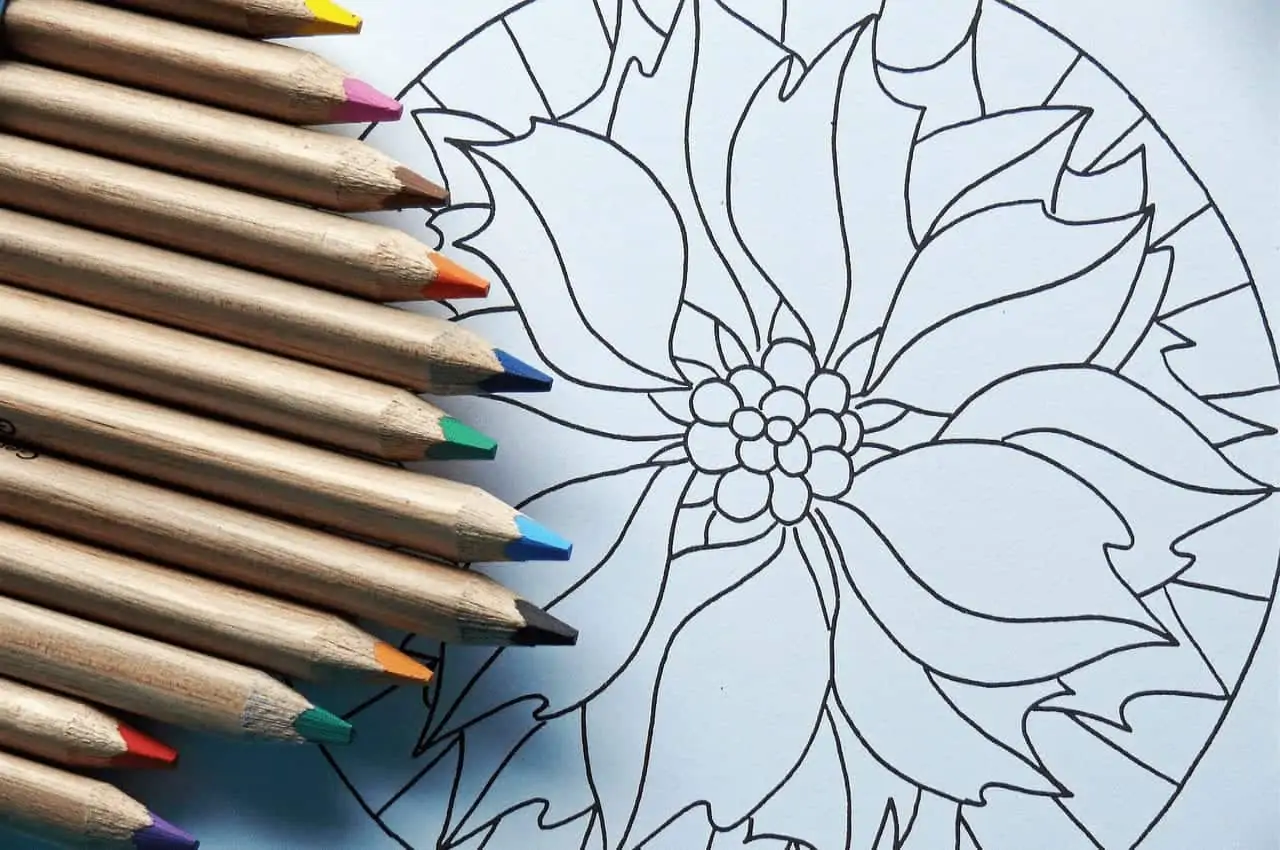Sketching is a fun and easy way to unleash your creativity, whether you’re an aspiring artist or just looking for a new hobby. In this beginner’s guide, we’ll cover the basics of sketching, including materials, techniques, and tips to help you get started. Sketching allows you to capture the world around you in a unique and personal way. It is a great way to explore and experiment with different materials, techniques, and styles.
Table of Contents
Materials
To get started with sketching, you’ll need a few basic materials such as sketchpads, pencils, and erasers. You may also want to consider using other materials such as charcoal, pen and ink, or watercolors to create different effects and textures.
- Pencils: Sketching pencils come in a range, from soft to hard. There is a comprehensive explanation of what pencils are best for sketching in a seperate article. A HB pencil is always the best place to start until you find which pencil suits your style best. Soft pencils, like 2B or 4B, are great for sketching because they are easier to smudge and create darker shading. Harder pencils like 2H and 4H are better for drawing precise lines and fine details.
- Charcoal: Charcoal can be a great medium for sketching. It makes shading and blending really easy and with practice it can be a great tool for any artist.
- Sketchbook: A sketchbook is a great place to practice and record your ideas. You can choose from a variety of sizes and paper types. It doesn’t need to be expensive or big. Often it is handier to have a small sketchbook you can pack away easily. That way you are more likely to be carrying it when you spot something interesting to draw.
- Eraser: An eraser is an important tool for sketching, as it allows you to make corrections and refine your drawings. A putty type eraser will lift the pencil or charcoal off the page with less damage to the paper than other erasers. Make sure you keep the edges you are using clean too, or they will just spread the pencil or charcoal marks instead of lifting the color.

Techniques
Once you have your materials, you can begin experimenting with different techniques and styles. For example, you can use loose, gestural strokes to capture the movement and energy of a scene, or use precise, detailed lines to create a more realistic representation. You can also experiment with different perspectives, such as looking at a subject from above or below, to create a unique and interesting composition.
- Outlines: Some artists prefer to start by drawing the basic shapes of the subject with light, thin lines. This gives you a rough idea of the composition and proportions of your sketch and can make it easier as you continue the sketch.
- Adding detail: When you have got the basic outlines of the sketch you can gradually begin to add more detail. Create layers of interest with the finest details in the foreground.
- Shading: Once you’ve got the basic shapes down, add darker tones and shadows to give your sketch more dimension. Use different pencil pressures, techniques like crosshatching or softer grades of pencil to create a range of values, from light to dark.
- Blending: To blend your shading and create smooth transitions, use your finger or a blending tool like a blending stump. The softer the pencil the easier it will be to blend.

Tips
- Keep it simple: Remember that sketching is a process of exploration, not perfection. Don’t worry about making your sketch perfect; just have fun and experiment with different techniques.
- Look for inspiration everywhere: Sketching is a great way to explore the world around you. Look for interesting subjects and perspectives to draw, whether it’s a still life, a landscape, or a person, it can make a great sketch.
- Practice regularly: The more you practice sketching, the better you’ll get. It really is that simple. Set aside some time each day to do some sketching and you’ll be amazed at how quickly your skills will improve.
- Sketch wherever the inspiration strikes: You don’t have to be in a studio or at home to sketch, carry a sketchbook and pencils with you wherever you go, and you will be able to sketch anything that catches your eye, be it a street scene, a person, a flower or a leaf.
- Don’t worry about mistakes: It’s important to remember that making mistakes is a natural part of the learning process. Don’t be afraid to try new things, even if they don’t work out. Learn from your mistakes and keep experimenting.
Final Thoughts
One of the most important things to remember when sketching is to have fun and be creative. With the right materials, using the tips and techniques above, you’ll be well on your way to creating beautiful, meaningful sketches.
Remember the pencil will smudge, so if you can, try to practice without letting your hand touch the paper or by gradually working towards yourself so you aren’t resting your hand on parts of the drawing.
Don’t be afraid to make mistakes or try new things. Sketching is a great way to express yourself and explore the world around you, so take the time to enjoy the process and let your imagination run wild. Happy sketching!





